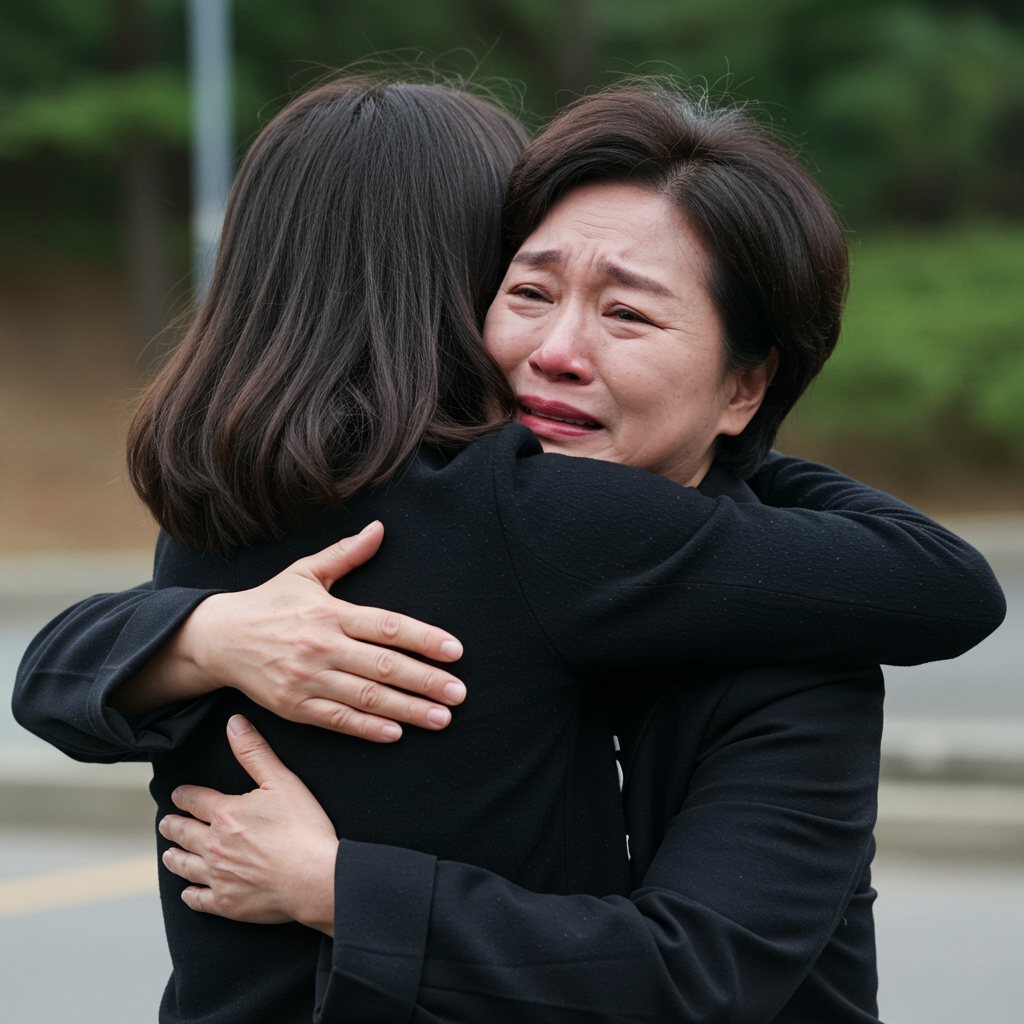In a sudden and shocking development, former russian Transport Minister Roman Starovoit was found dead on Monday, mere hours after President Vladimir Putin publicly dismissed him from his position. Officials stated that the primary theory being investigated is death by suicide. This incident adds another layer to the complex and often opaque political landscape within Russia, particularly for high-ranking officials facing scrutiny or dismissal.
Details of the Death and Official Probe
According to Russia’s Investigative Committee, the country’s top criminal investigation body, Roman Starovoit’s body was discovered inside a car located in Odintsovo, a residential suburb situated west of Moscow. He was found with a gunshot wound. Investigators quickly initiated a criminal probe into the circumstances surrounding his death. While the investigation is ongoing, the committee has stated that suicide is considered the main theory. Reports indicate that a gun, previously given to Starovoit as an official gift, was found beside his body. The exact time of Starovoit’s death remains unclear, leading to some speculation about whether it occurred before or after the official announcement of his dismissal.
The Dismissal: Timing and Lack of Official Reason
President Putin’s decree announcing Starovoit’s dismissal was officially published on the Kremlin website on Monday morning. Starovoit had only held the role of Transport Minister since May 2024. His deputy, Andrey Nikitin, was appointed acting minister shortly thereafter. When reporters pressed Kremlin spokesperson Dmitry Peskov for the reasons behind the unexpected firing, Peskov explicitly denied that it was due to a “lack of trust.” However, he declined to provide any alternative explanation for the decision, leaving the motives officially undisclosed. This lack of transparency from the Kremlin has fueled considerable speculation regarding the true reasons behind both the dismissal and the subsequent tragic death.
Potential Links: Corruption Allegations in Kursk
Significant media speculation, particularly within Russian outlets, has strongly linked Starovoit’s dismissal and death to an ongoing investigation into alleged embezzlement. These allegations reportedly concern state funds specifically allocated for constructing fortifications in the Kursk region, where Starovoit served as governor before assuming his ministerial role in May 2024.
The Kursk Fortification Scandal
The alleged financial misconduct in Kursk is believed to have contributed to critical deficiencies in Russia’s defensive infrastructure. These weaknesses were reportedly exposed during a surprise Ukrainian incursion into the region in August 2024. During this offensive, Ukrainian mechanized units are reported to have quickly overwhelmed lightly armed Russian border guards and inexperienced conscripts.
Ukrainian Incursion and Security Failures
The August 2024 incursion resulted in Ukrainian forces taking hundreds of Russian prisoners and occupying Russian territory. This event was widely characterized as a “humiliating blow” to the Kremlin, marking the first instance of Russian territory being occupied by an invading force since World War II. While the Russian military announced the full reclamation of the border territory by April, nearly nine months after the initial loss, the failures in defense preparedness during Starovoit’s tenure as governor remain a significant point of scrutiny.
Arrests and Implication Reports
Further connecting Starovoit to the Kursk investigation is the situation involving his successor as Kursk governor, Alexei Smirnov. Smirnov, who had previously served as Starovoit’s deputy in the regional role, stepped down in December and was subsequently arrested in April 2025 on embezzlement charges related to the same fortification contracts. Some Russian media outlets, including state TV programs and independent business media, have reported that Starovoit himself had become implicated in this corruption case and was potentially facing arrest.
Other Factors and Context
Beyond the Kursk allegations, other recent events provide broader context, although their direct link to Starovoit’s dismissal as the primary cause is considered less likely by most commentators.
Air Travel Disruptions
Starovoit’s dismissal followed a weekend that saw significant disruptions to air travel across Russia. Ukrainian drone attacks forced the grounding or diversion of hundreds of flights at Russian airports. Over a weekend and into Monday, close to 500 flights were canceled, nearly 90 were diverted, and some 1,900 experienced delays. While the Russian Federal Agency for Air Transport attributed these to “external interference,” the Russian Defense Ministry reported intercepting over 400 Ukrainian long-range strikes during the same period. Despite these significant travel issues occurring under his ministry’s purview, most analyses suggest they were not the main trigger for his firing, given that such disruptions have become relatively common amidst frequent drone raids.
Pattern of Sudden Deaths Among Russian Figures
Starovoit’s death is not an isolated incident. It follows a concerning pattern of sudden deaths among prominent Russian figures in recent years, often occurring under unclear or suspicious circumstances. For example, just days before Starovoit’s death, Andrei Badalov, a 62-year-old vice-president of the state oil company Transneft, was found dead “beneath the window of a house” in western Moscow. TASS reported that Badalov had left a farewell message.
Recent High-Profile Corruption Cases
Furthermore, the timing aligns with several other high-profile corruption cases and apparent purges within the Russian government and military apparatus. Recent examples include the conviction and sentencing of Khalil Arslanov, a former deputy chief of the military’s General Staff, to 17 years for corruption. Timur Ivanov, a former deputy to then-Defense Minister Sergei Shoigu, was sentenced to 13 years for embezzlement and money laundering. Viktor Strigunov, a former first deputy chief of the National Guard, was also recently arrested on corruption and abuse of office charges. These cases underscore a period of intensified scrutiny and action against alleged corruption within the system. Adding to the unusual circumstances, shortly after the decree announcing Starovoit’s dismissal was published, Andrei Korneichuk, a 42-year-old official with a state railways agency under Starovoit’s ministry, reportedly collapsed and died from an apparent heart attack during a business meeting.
Implications and Analysis
The swift dismissal and subsequent death of Roman Starovoit, particularly amidst reports linking him to a corruption scandal tied to military failures, paints a picture of immense pressure within the Russian elite. It suggests that accountability, while often selectively applied, can be severe, especially when intertwined with perceived failures impacting national security or public image. The timing also highlights the potential consequences for officials whose past roles, even those seemingly separate from their current ministry, come under renewed scrutiny in the context of ongoing investigations and the pressures of the conflict in Ukraine. The connection to the Kursk fortification failures is particularly significant, suggesting that issues related to defense readiness and the alleged siphoning of funds intended for national security are being treated with increasing gravity. The incident, alongside other recent high-profile cases and deaths, contributes to an atmosphere of instability and unpredictability among Russia’s political and business leadership.
Wider Geopolitical Landscape
This domestic political event unfolds against the backdrop of the ongoing conflict in Ukraine. The conflict places significant strain on Russia’s economy, infrastructure (including transport), and political system. The fact that the alleged corruption scandal is directly tied to military defense capabilities further underscores how the external pressures of the conflict are exacerbating internal issues and potentially leading to political reshuffling and crackdowns.
Frequently Asked Questions
What is the official cause of death being investigated for Roman Starovoit?
According to Russia’s Investigative Committee, the country’s top criminal investigation agency, the death of former Transport Minister Roman Starovoit is being investigated, with the main theory currently considered to be suicide. He was found with a gunshot wound in his car, and a criminal probe has been launched to establish the exact circumstances.
What potential reasons are being linked to Roman Starovoit’s dismissal and death?
While the Kremlin did not provide an official reason for his dismissal, Russian media outlets have heavily linked both his firing and subsequent death to an investigation into alleged embezzlement of funds for fortifications in the Kursk region, where he was previously governor. Failures in these fortifications during a Ukrainian incursion may have drawn scrutiny. Less likely, but also occurring concurrently, were significant disruptions to air travel caused by Ukrainian drone attacks.
Is Roman Starovoit’s death part of a larger pattern among Russian officials?
Yes, Starovoit’s death follows a notable pattern of sudden and often unexplained deaths among prominent Russian figures, particularly since early 2022. These incidents have included officials, businessmen, and individuals linked to state corporations, sometimes occurring under suspicious circumstances or alongside investigations into corruption, adding to concerns about the political climate for elites in Russia.
Conclusion
The death of Roman Starovoit, hours after his unexpected dismissal by President Putin, presents a stark and somber event within Russian politics. While officials indicate suicide is the leading theory, the timing and context – including his recent removal, the lack of official explanation, and widespread reports linking him to a serious corruption probe tied to military failures in his former region – raise significant questions. This incident occurs amidst a climate of increased scrutiny on corruption, particularly where it intersects with national security, and a pattern of sudden demises among high-ranking figures. As the official investigation continues, the full picture behind this tragedy and its implications for the Russian political landscape remain subjects of intense focus and concern.



